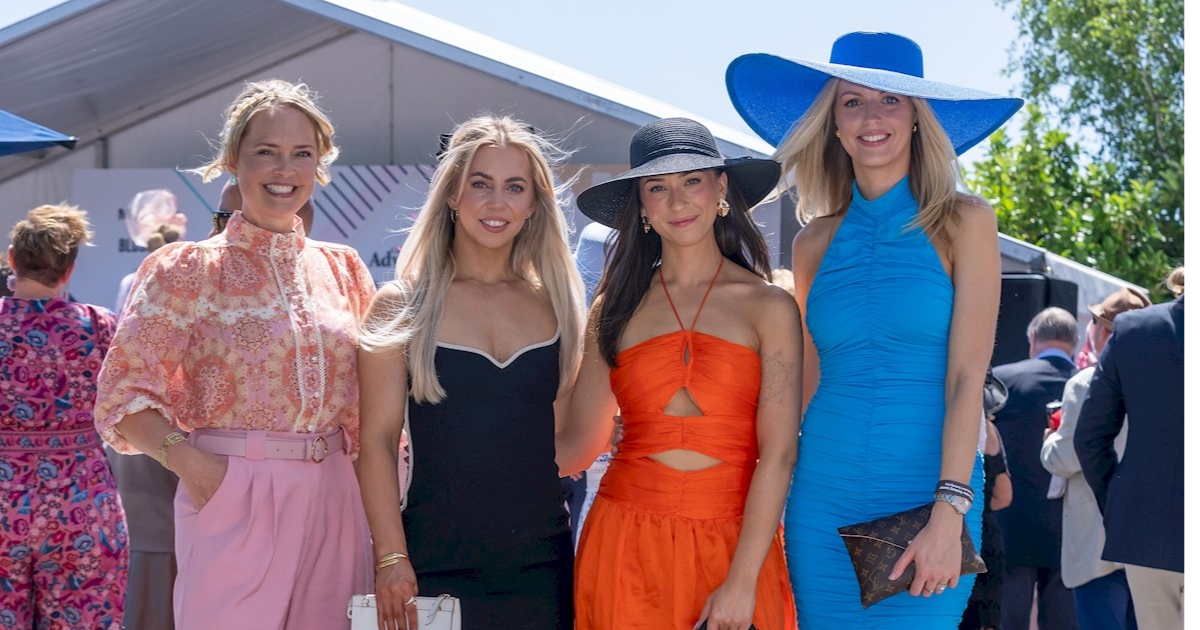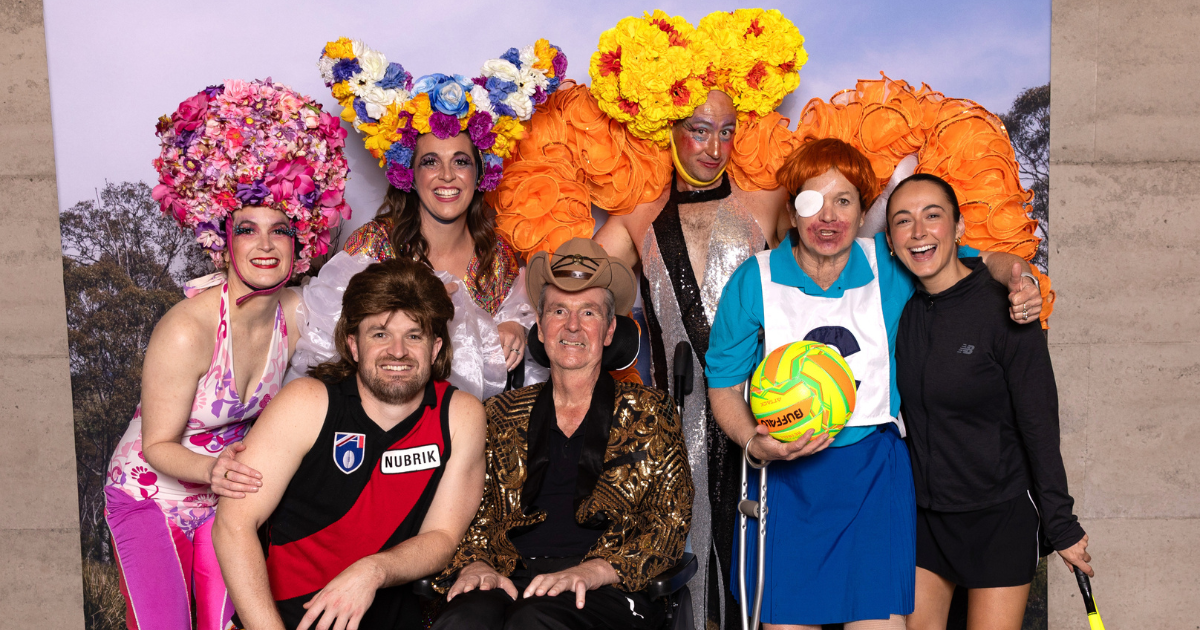Preserving our history
EXTENDING from our Firsts Nations people to our multicultural community, Geelong has a fascinating history marked by inventors, creators, and innovators.
The Council-managed Art and Heritage Collection reflects that creative and diverse culture.
Comprising more than 20,000 items and featuring municipal and social history, cultural heritage and fine art, it is valued at $31 million.
You can see some of these objects at venues like the National Wool Museum; Old Geelong Gaol Museum; and Geelong Heritage Centre.
Or it’s in the street, with about 320 pieces of outdoor public art under our care.
This collection, which first began in 1849, is cared for by Council on behalf of the community.
Last week, Council adopted a new policy to guide the acquisition, preservation, and management of this highly valuable collection.
The policy highlights that it is not as simple as just acquiring new pieces and growing our collection.
It costs money, human resources, and physical space to hold each of our items.
Geelong Gallery knows that better than most.
It has less than two per cent of its collection on display, and is hamstrung in its ability to present major exhibitions, though they do an incredible job within these constraints.
An expansion of the gallery into available space in City Hall and the adjoining conference centre would allow the institution to reach its untapped potential.
It would also create an unrivalled regional arts and culture precinct, featuring our fantastic multi-level library and a redeveloped Geelong Arts Centre.
Council is a strong supporter of the Gallery’s expansion.
We have money allocated in this year’s Budget for a business case and design work, and we’re working to secure the necessary support from other levels of government to progress the gallery development further.
More space equals more exhibits, more events, more visitors and more creative industry jobs.
The benefits are huge.
Expansion of the Gallery into the non-ceremonial areas of City Hall will allow one of our historic buildings to be re-purposed.
We’ve already got great examples of this, in places like the National Wool Museum and Deakin University’s Waterfront campus.
On the banks of the Barwon River in Fyansford, we’ve seen one of our historic industrial sites transformed and brought back to life.
The former paper mill precinct is now one of our best cultural precincts, with an array of arts, lifestyle activities and dining options.
Along with some of my fellow councillors, I had the pleasure of learning more about the site’s diverse history on a recent tour.
Led by Rotary Club of Highton, the tours visit areas of the oldest remaining paper mill in Australia that are generally not open to the public.
With a range of activities such as art classes and yoga, rotating exhibitions and the talents of local artisans display, there is so much to see and do out there.
Cr Melissa Cadwell
Brownbill Ward, City of Greater Geelong


















